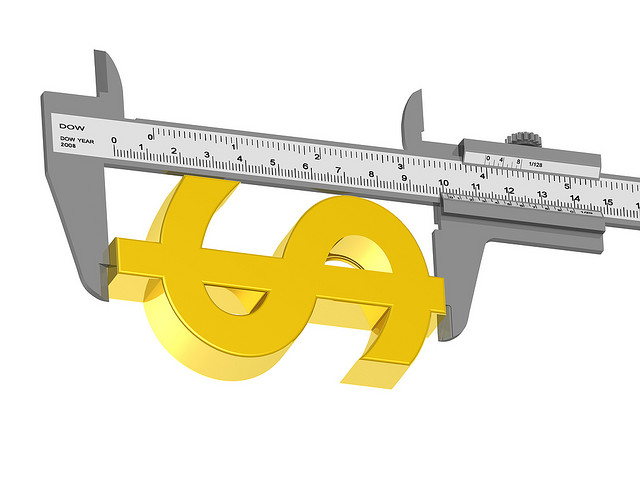What is a Low Doc Home Loans?
Having trouble coming up with the paperwork for a loan? Do you want no hassles and quick approval? Then look no further. A low-doc or no-doc loan may be just what you’re after starting out in the investment world can be tough, especially if you are young and you have limited credit history. Similarly, if you are self-employed, providing the necessary documentation can be difficult. Some statistics estimate that one in five people are unable to obtain finance from traditional lenders. But don’t despair; there is a way you can get around this. A low-doc or no-doc loan allows non-conforming borrowers the opportunity to finance a home or an investment property without any fuss and with minimal paperwork.
How does it work?
The low-doc loan is aimed largely at self-employed borrowers and means that you don’t need to provide many documents to prove your earning capacity or your savings history. The only documents you would need are details of a previous tax return or statements from a business trading account.
A no-doc loan operates in much the same way as a low-doc loan but differs in respect to the amount of documentation required. A simple declaration of your business income along with your signature is sufficient when applying for a no-doc loan.
What are the benefits?
Low-doc loans have given thousands of Australians the opportunity to start a property portfolio they might not have had through dealing with mainstream lenders.
The availability of this type of loan means that self-employed business owners are able to access finance at competitive interest rates.
No-doc loans also come in very handy for business owners who prefer not to disclose any information at all regarding their income.
One of the main benefits is getting the money when you need it – you won’t have to wait until your accountant gets your end-of-year or preliminary income figure done.
What are the disadvantages?
Interest rates will vary depending on what the lender calculates as the ‘rate for risk’ of the borrower. On average, though, interest will be charged at a higher rate. With this in mind, borrowers need to try and provide as much documentation as possible and not to borrow beyond their means.
With no-doc loans, there is a danger that the lender will not be able to assess accurately whether or not you can actually afford to repay the loan. For this reason, it is essential that you crunch your own numbers thoroughly and set a sensible limit to the amount you borrow. Borrowing too much is a mistake many people make.
Set-up fees are also usually higher with low-doc and no-doc loans.
Who should apply?
Low-doc loans are suitable for those who have difficulty providing mainstream documentation such as payslips. They are particularly useful for the self-employed or business owners.
Low-doc loans are also useful for those who have recently arrived in Australia and do not have a great deal of credit history. Similarly, if you are young and have limited credit history, a low-doc loan may be for you.
Those who want their business assets and income to remain private should consider a no-doc loan. Like a low-doc loan, it is ideal for self-employed business owners who cannot provide a tax return as proof of income. It also suits those who have recently arrived in Australia and have limited credit history.
So if you fall into any of these categories, then a lo-doc or a no-doc loan might be right up your alley.
This article has been republished with permission from Your Investment Property magazine. Try our Loan Repayment Calculator and find the best repayment strategy for you.


